Over the last few years, Instagram has closely guarded exactly how their feed algorithm works. Internet algorithms have become laughably complex, guarded, and controversial, and the same is true for Instagram. However, ever since Instagram publicly announced a deliberate departure away from the reverse-chronological model of administering their feed, debates, speculation, and misinformation have sprouted everywhere. Recently, with transparency in mind amidst the ongoing security issues surrounding its parent company Facebook, the social photo sharing platform invited a group of reporters to their new offices in San Francisco to explain changes to their intent feed rankings.
The changes follow a trend for social media platforms to heavily utilize machine learning principles to foster greater user engagement. While most social platforms rely heavily on advertising, user data, and monetary investments to fund their operations, gathering demographic data on their users for internal use has become paramount. That being the case, the more time users spend on their platforms, revealing their likes, dislikes, purchase intents, and passions, the better the host companies will perform.
Basic Methods
So how does Instagram determine which videos and photos show up in your feed? Again, each user feed is veering away from the chronological model used in the past in favor of a customized experience. Weighted more by who you follow, who you interact with, and what you like. If you are liking and commenting on a lot of yoga posts then content related to yoga will likely populate at the top of your feed more frequently. By comparison, a friend of yours who is also a yoga fan but perhaps not quite as active as you, will likely have less yoga-related content populating the top of their feed.
This methodology follows the meaningful interactions protocol that Instagram has stated is one of their main desired outcomes for end users. In contrast to the recent past, Instagram now favors family and friend interactions with greater weight, which should favor their posts in your feed; more so than any chronological order. In fact, Instagram now estimates that you will now see close to 90% of the posts from “friends and family”, whereas prior algorithms of the past put these estimates closer to 50%. Of course, questions remain as to how exactly friends and family are determined, but it likely has a lot to do with:
- Accounts that you interact most with
- Accounts you search for in the search bar
- People you have offline relationships with (those you added from Facebook)
- Accounts you have direct messaged
Another factor that is used to determine those posts most important to you is interest. Based on your past history, you will be shown more of what you have interacted with in the past. The process fueling this likely involves computer vision, where content that is most visually similar to your recent interaction history will be found for you – like a personal content librarian! The more they think you like a particular post, and the more that your immediate friends show engagement with a post, the more that content will show in your explore page.
The recency bias has been given more weight as well, such that even highly-engaging posts over a week old will have a harder time showing up in your feed. Sometimes this is referred to as post timeliness. That being said, if you comment and interact on older posts, that may become a signal to Instagram that there is a greater relationship between you and that account.
Not surprisingly, timeliness can be a difficult feature to quantify, as it can be relative to absolute time and date, time from your last login, time since your last comment, etc. There seems to be evidence that Instagram just re-orders posts between your current and last visit. If this is, in fact, true, it would indicate that contrary to fixed best post times, that the best time to post for the greatest reach is when your audience is most active. For instance, by going against conventional wisdom that says Saturdays might not be the best time to post, if you’re posting baseball content and a controversial MLB game is just ending, it might suit you to post at that time, to have a better chance of being seen in the most feeds. This theory would likely also advocate posting in batches. Of course, there are caveats and exceptions to all rules, so experimentation is always the best practice.
Other Instagram Algorithmic Factors
Another signal that can influence the Instagram feed algorithm is the frequency with which you open the app. For more frequent users, the app will appear more chronologically than for less active users.
How many Instagram accounts do you follow?
If you follow a lot of Instagrammers, it is more likely that a larger variety of posts will be shown to you. A good analogy to visualize how this might occur, is to picture an account that follows many different interests like a large bowl of marbles, where there is a greater chance that balls deeper in the bowl will spontaneously turn different colors. On the other hand, an account that follows far fewer accounts, has less variation in their followings, and uses the app less often, will more likely be populated with only top recent posts that have been scoring high on general user engagement.
Answers to Common Instagram Algorithm Questions
Instagram took the time to quell some mildly confusing discussion points as well. They diffused fears that users may not see some posts of those whom they follow, saying that you have the chance to see every one of those posts, albeit you may need to scroll down a bit to find them amidst other machine-recommended posts. Apparently, videos do not perform any better than photos, despite what many users anecdotally suspected. Instead, in this scenario and in most scenarios, your feed simply defaults to your personal preferences, meaning that if you somehow indicate to the platform that you engage more with videos, you will be shown more material of that medium and vice-versa.
The social media giant also made no distinction between newer features like stories, IG live, and core features, like traditional photos and videos. Account virality and popularity solely rely on the magnetism, quality, timeliness, and stickiness of your content. According to Instagram, users do not receive a boost from the form of their content, nor do business accounts receive special treatment or greater reach.
The idea of shadow banning – where accounts are diminished in reach for appearing spammy – has apparently never been an intention of the company; rather, a computer bug may have been responsible for slamming accounts that appeared to have been engaging in auto-posting, and Instagram maintains their innocence in any such dealings.
Finally, Instagram says that there are no reach caps, an idea springing from accounts who feel that their reach gets to a point where it is monitored and stifled based on certain activities or posting frequencies. More likely, this fear comes from accounts who may be in a niche that is highly-competitive or even more likely, from accounts that simply do not have consistent, high-performing engagement.
Final Thoughts on Instagram’s Algorithm
You’ve likely stumbled across other posts that share information about machine learning and / or artificial intelligence. As mentioned at the beginning of this article there’s a great deal of controversy and speculation behind Instagram’s mysterious algorithm. That being said, there’s no doubt that the world’s fastest-growing social platform integrates machine learning and AI amidst all the data they are able to collect from us. However, the complexity behind the process boils down to simply how you use the platform. Factors like the content you create, content you like, hashtags you use, how often you use Instagram, who you follow and engage with, all these small nuances work together to synergistically create a unique feed that will source content variations for every user. To truly understand how AI tackles complex challenges, a machine learning course can provide insight into the algorithms and techniques behind these smart problem-solving systems.
Many people will ask questions like,
Is there a way to hack or beat the algorithm?
Any curious individual can find different loopholes or tactics to hack growth but in the end building a strong and engaged audience that genuinely enjoys your content is a much more practical approach to growth than simply hacking your way to InstaFame. More importantly, we recommend steering away from any practices that may jeopardize your account. Practices against Instagram’s terms of service or those that promote fake engagement are less likely to yield favorable results especially since all news points to Instagram improving the integrity of its user base and content surfacing.

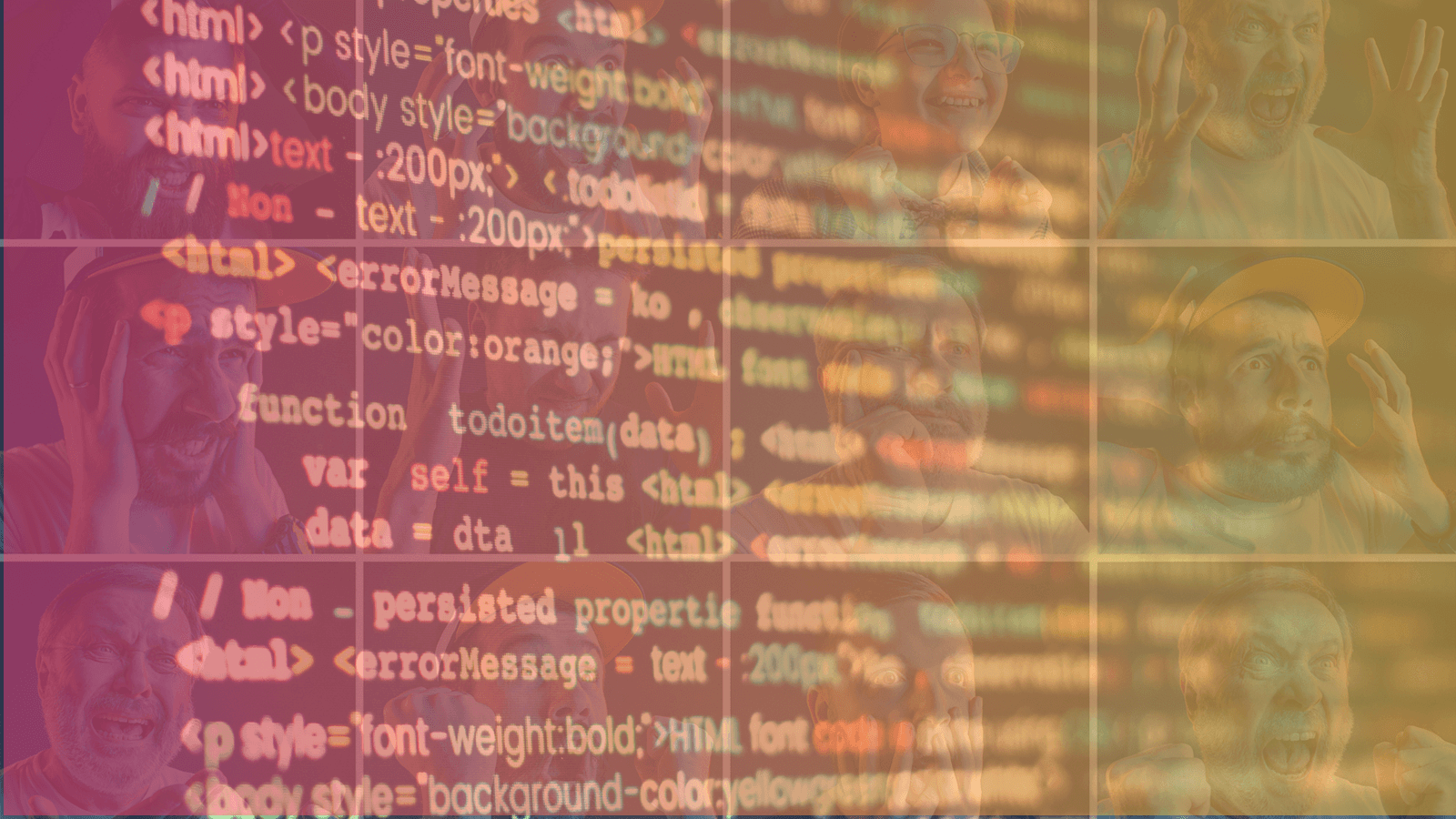

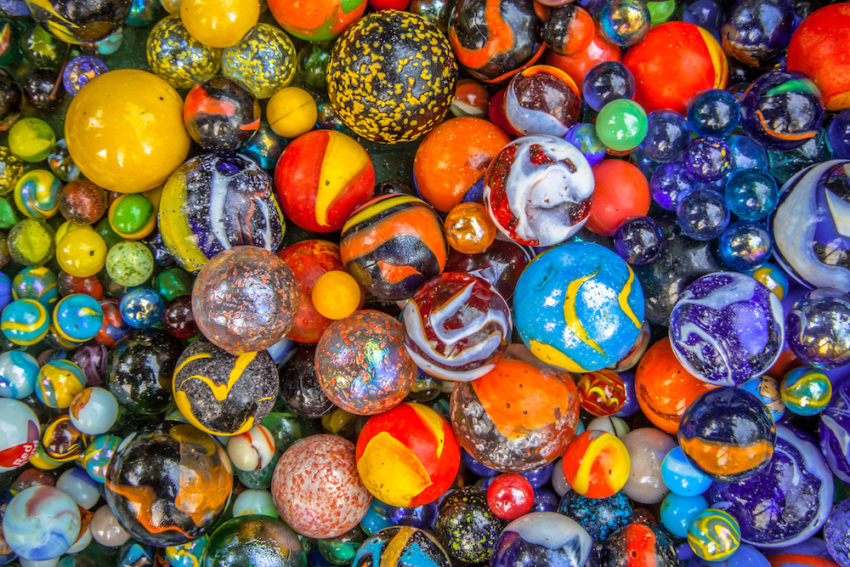
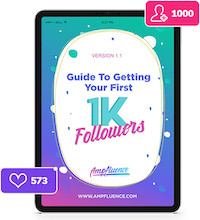

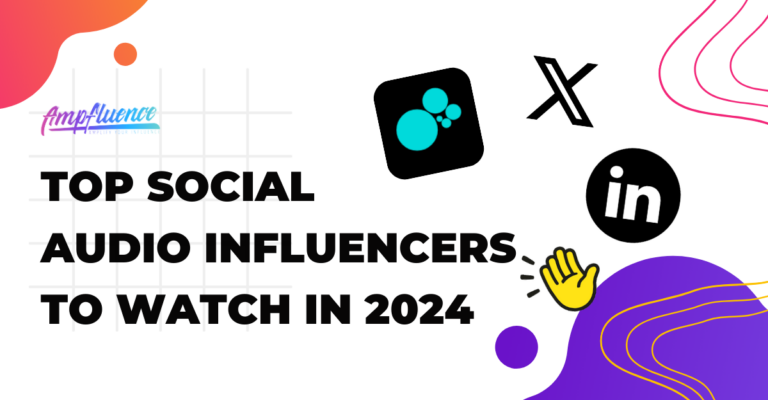
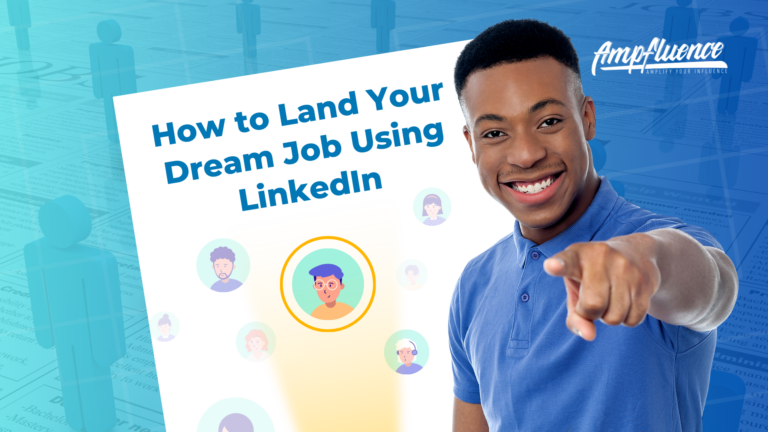



5 Responses
Can’t go 7500 hundred people that i follow it is stuck how do I fix it
Understanding how the Instagram algorithm works is so crucial, especially with all the changes and complexities. As a college student, I’m juggling social media and my coursework, and sometimes it gets overwhelming. I recently found a helpful resource for academic support with review at this page https://medium.com/@george.kv/paperial-a-comprehensive-review-2024-9bc26e767186 which I might use since I’m having trouble keeping up with my college work. If you’re also trying to balance both, it might be worth checking out.